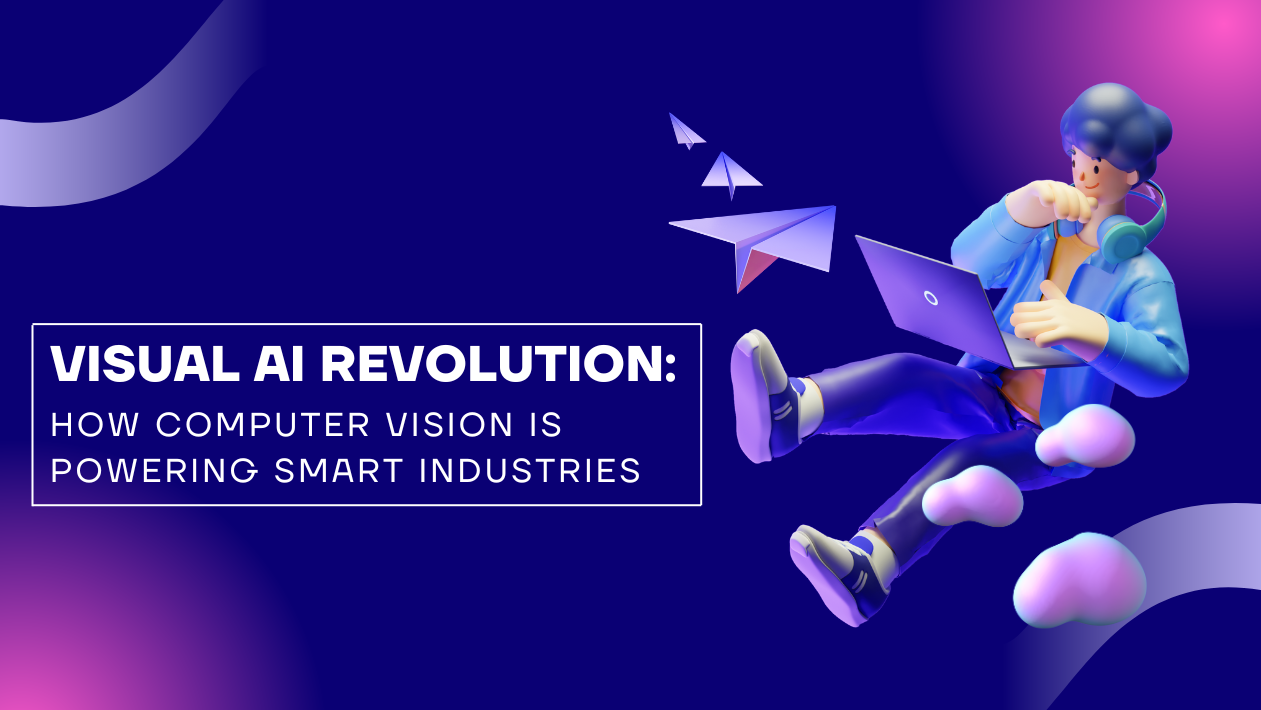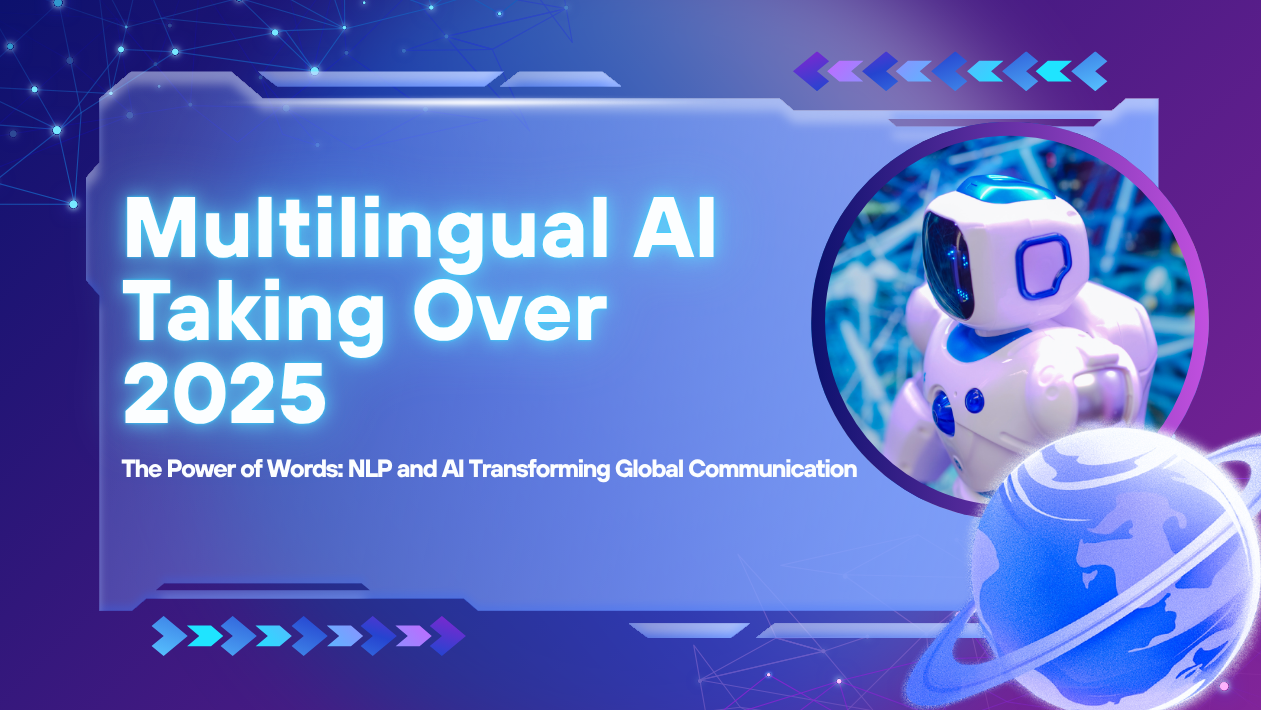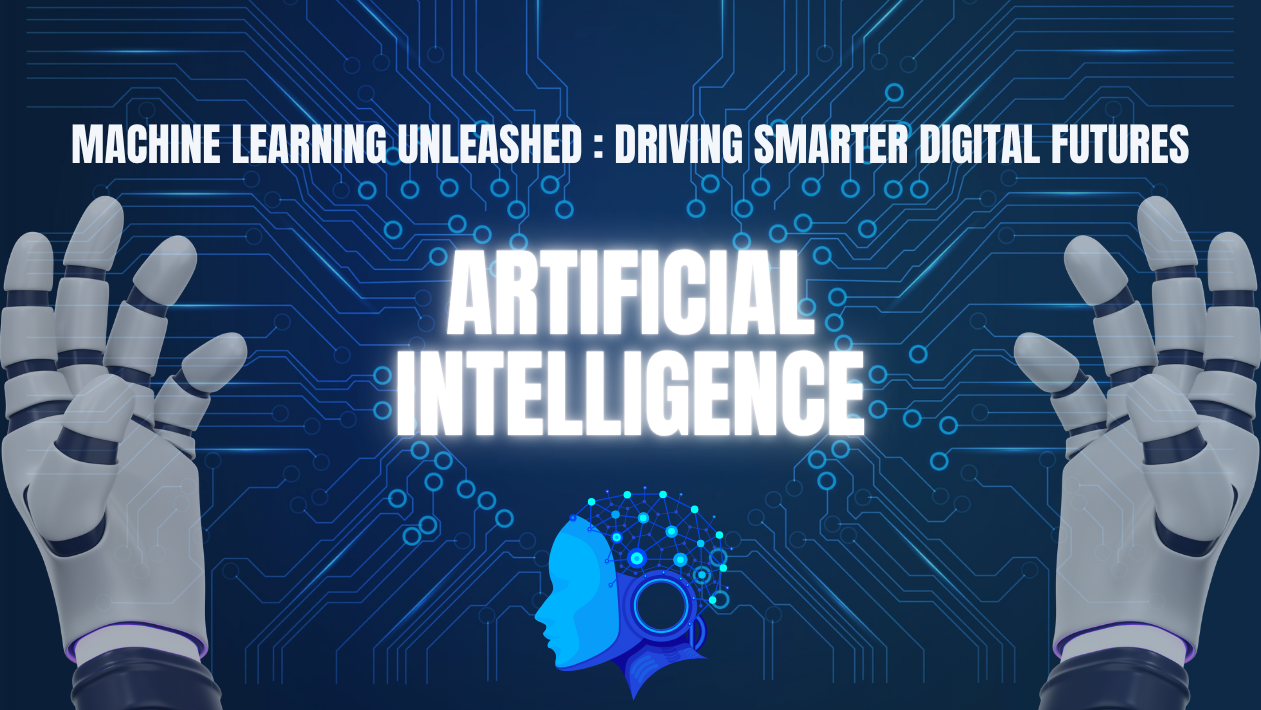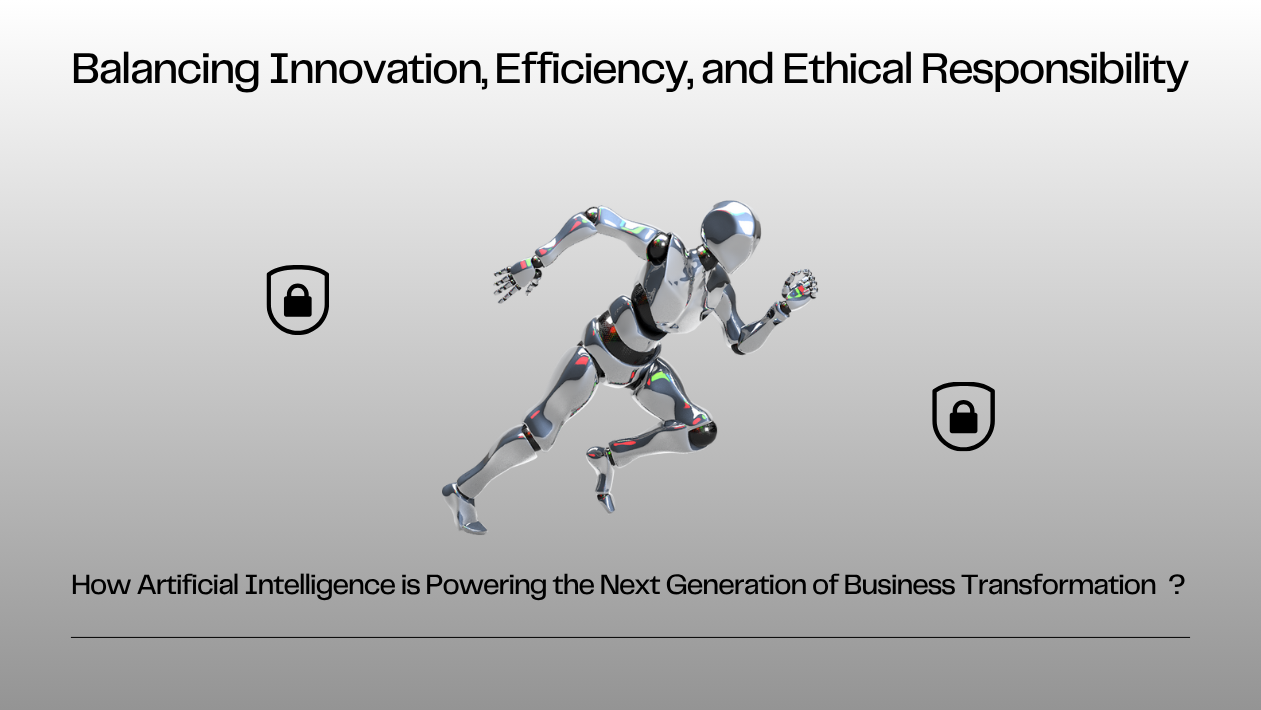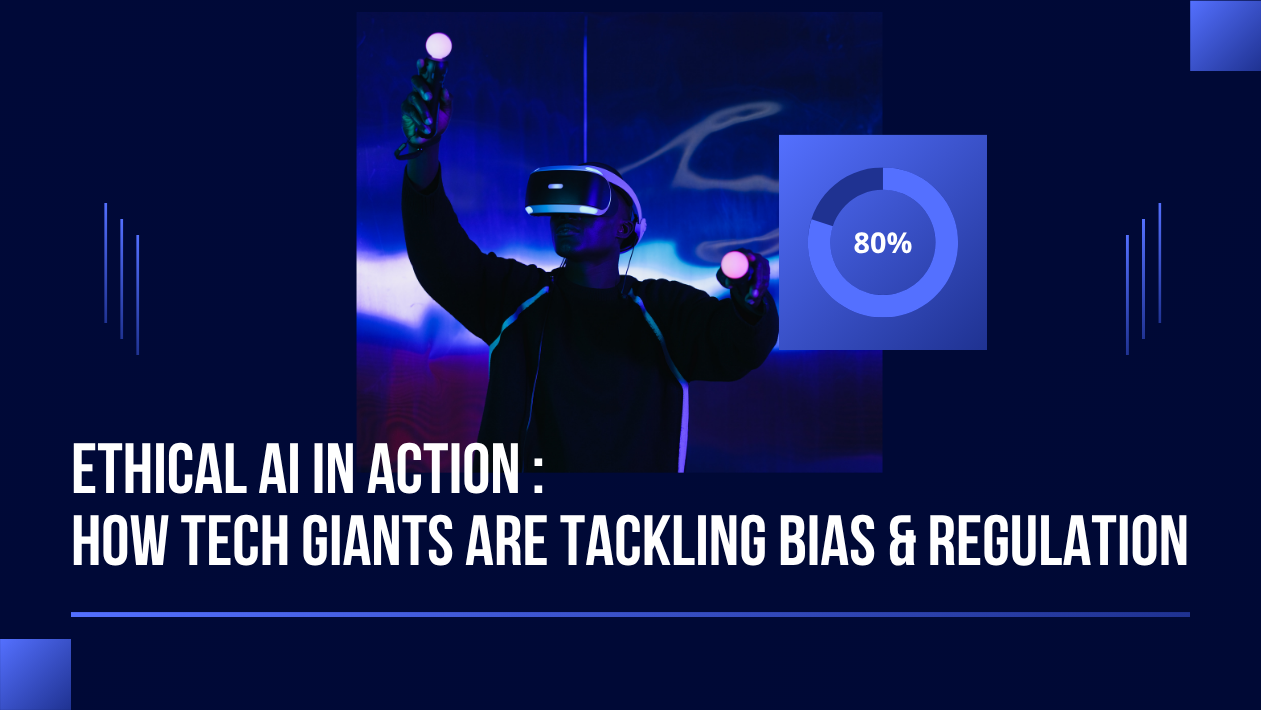Computer vision has evolved from a specialized AI field into one of the most powerful enablers of automation and intelligence across industries. In 2025, breakthroughs in visual recognition, 3D modeling, and real-time image analysis are fueling innovation in healthcare, manufacturing, retail, and transportation, transforming how organizations perceive and interact with the world.
AI Cameras and Edge Vision Lead Smart Infrastructure
Smart cities around the globe are deploying AI-powered cameras and edge computing systems for traffic management, crowd control, and environmental monitoring. With faster chips and better connectivity, visual data can now be processed in milliseconds, enabling real-time decisions without relying on cloud latency.
This technology is helping authorities reduce congestion, enhance safety, and even monitor air quality.
Healthcare Benefits from Advanced Image Intelligence
In healthcare, computer vision is revolutionizing diagnostics. AI systems can now detect cancers, fractures, and eye diseases with accuracy that rivals human specialists. Medical imaging startups are using vision models to speed up radiology reporting, surgical planning, and telemedicine diagnostics, cutting costs and saving lives.
Wearable devices are also leveraging vision to track movement, detect falls, and monitor patient behavior remotely.
Retailers Turn to Visual AI for Smarter Shopping
Retailers are integrating visual analytics to understand customer behavior and optimize in-store operations. From AI checkout systems to shelf-monitoring cameras, computer vision is enhancing efficiency and security.
E-commerce platforms are adopting visual search and try-on technology, allowing shoppers to find products through images or virtually test how clothing and accessories look before buying.
Manufacturing and Logistics Embrace Quality Automation
Factories are deploying vision-based defect detection systems that identify microscopic flaws in materials and products. In logistics, AI cameras track shipments, verify packaging integrity, and guide autonomous robots through warehouses. These systems reduce human error and increase productivity across the supply chain.
Autonomous Vehicles and Drones Get Sharper Vision
Computer vision remains at the heart of autonomous driving and aerial drone navigation. Enhanced object detection and 3D mapping capabilities are making self-driving systems safer and more adaptive to complex road conditions. Drones equipped with vision sensors are now performing infrastructure inspections, agricultural monitoring, and emergency response tasks more efficiently.
Generative Vision and Multimodal AI Take Center Stage
The rise of multimodal AI—where vision models work alongside text, audio, and sensor data—is redefining possibilities. Models like OpenAI’s Sora, Meta’s Segment Anything, and Google’s Gemini integrate visual understanding with reasoning, enabling advanced content generation, 3D world modeling, and creative design automation.
Ethics, Privacy, and Regulation Remain Critical
As cameras become ubiquitous, debates around privacy, data ownership, and surveillance ethics are intensifying. Regulators are pushing for transparent data collection, AI auditing, and privacy-preserving vision systems to protect individuals in both public and commercial environments.
Outlook: A Visually Intelligent Future
In 2025, computer vision is not just seeing—it’s understanding. From analyzing X-rays to enabling smart cities and powering creative tools, visual AI is becoming the foundation of digital transformation across industries. As models get smarter and regulation catches up, the world is moving closer to a truly visually intelligent future.

